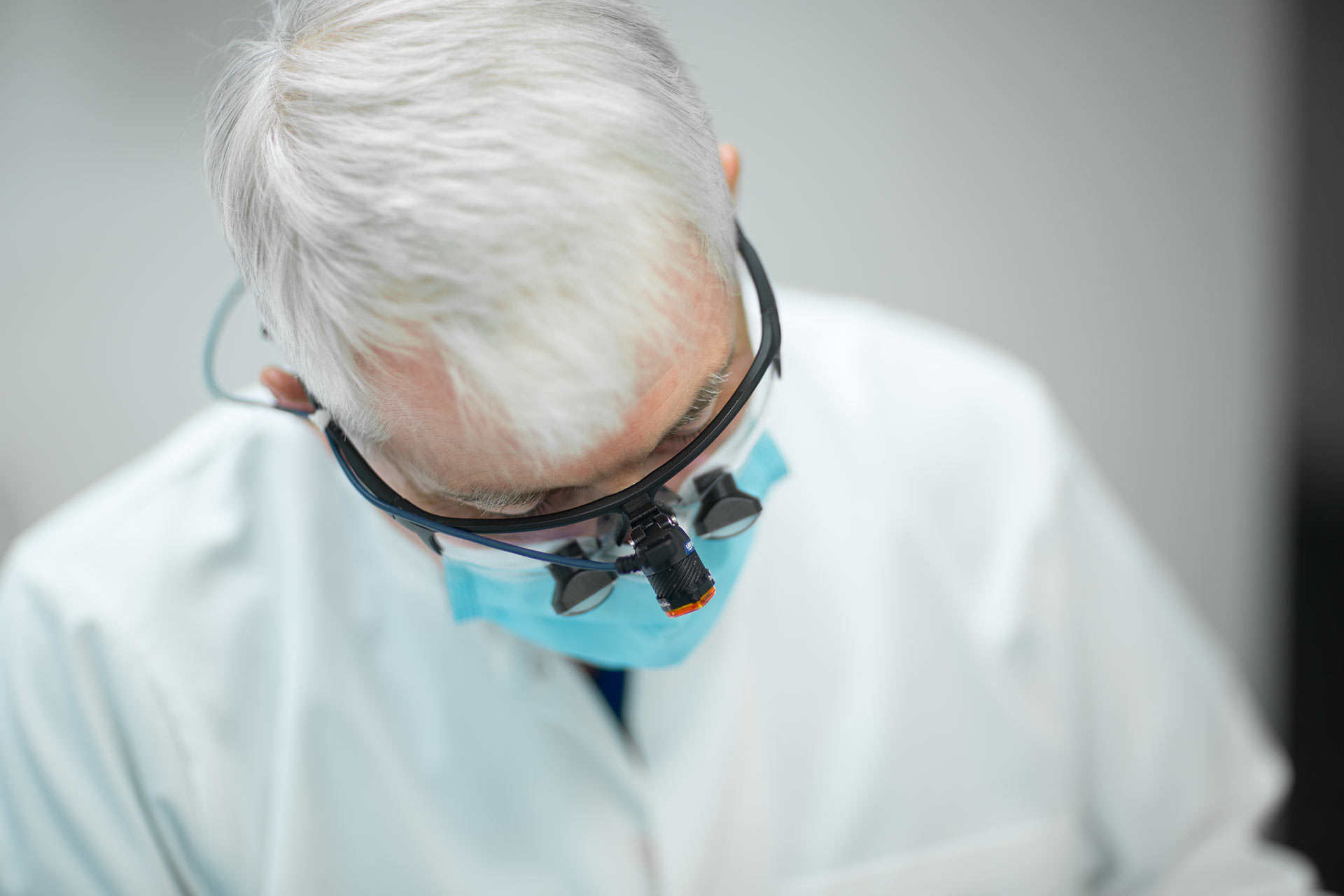It’s early in the morning and the first sip of coffee full of that fresh aroma just went down with a sigh, a sagging of the shoulders and a feeling of here we go for another day. You stare through the foggy mirror and observe two swollen eyes staring back at you. Your mind starts to run the list of what is on the day’s agenda. You think about your day of work obligations full of meetings or deadlines. How are the kid’s schedules going to be addressed? Lunches made? Homework done? Sporting events? Or was that tomorrow, yesterday? Where is my spouse going to be today? Did I pay that electric bill or not? Then it hits, Eyes open wider…Oh that’s right, and I have a dental appointment today!
The morning life puzzle pieces all start to come together as they always do, everyone and everything is in its place and off you go with the first stop at the dentist…. Your mind wonders to that fearful thought; “I hope they don’t hurt me today.” You park in a rush, take a breath, and tentatively enter through the front door of the dental office. A gentle smile looks up to you, greets you with a kind hello and soon you begin to relax and with a soft mental whisper say to yourself; “I’m safe here, they know me, and I’ll be ok.”
The reality is, this type of personalized entity of care and treatment in our health and even retail world is slowly going away. In medicine, corporate entities have devoured all but a few medical practices and the physicians are forced to “run” on a patient number schedule and production list. Statistics and numbers are slowly pulling their want and desire to give personalized care away from them. The average primary physician visit in the United States today is approximately seven minutes. To greet, meet, listen, diagnose, and treat. And the reality is, this format is where the dental community is headed at a frightful pace. Corporate entities are buying up and taking control of practices, group practices are forming to give one stop shop dental care, and insurance companies are squeezing fees to force an environment where high volume, quick care is the norm rather than the exception to survive as the care is driven by statistics and numbers. And you the Patient are merely part of those numbers. What is even more frightful in this puzzle is the young dentist today graduates with merely an outline of skills to build upon, but may have student loan debt of $400,000 or more. Their hands are tied, they need the security of a consistent job to handle their debt load, and they have little resource to get the continuing education they need to know the correct care to give in a safe manner, so they head into the world of corporate healthcare. It is a dramatic change in the way the system has always worked. So you the patient, enters the office, a glass window separates you from the care you are about to receive, and a stiff waiting chair waits with outdated magazines haphazardly stacked throughout the waiting room.
So what options does this leave you the consumer to obtain your dental care? Today, there are really three options. Corporate dental care (franchise), insurance driven dental care where fees and treatment are dictated by the insurance company, or fee for service dental care where you have a personalized relationship with your dentist. In the fee for service model, you can utilize your insurance, but some of the costs may need to be supplemented by you. However, more importantly, you and your healthcare provider decided what is best for you.
In the corporate world, this topic is discussed in the form of tiers. For example, you can have a hamburger from McDonalds (order and go), or a more upscale restaurant chain such as Outback Steakhouse (sit, relax and eat) or a more formal locally owned restaurant known for its home cooked meals (higher quality non processed food). You can get a consistent burger at all three, but in the end for comfort and quality, more than likely the local eatery would give you both at a much higher level. The other obvious difference would be the graduated cost of the meal.
So as a consumer, you need to decide the type of facility where you would like to have your dental care. Ask questions about the experience of the practitioner, the educational level, the amount and quality of continuing education, is the staff consistent and well trained, and most importantly, what is your feeling of trust and care. Remember, ordering a hamburger can be a passing event, but good dentistry and health is for a lifetime. My guess is you would like what is the best for you. You have a choice, and there is a difference. Ultimately, you’re not buying a commodity, your paying for good judgment, skill and care.


